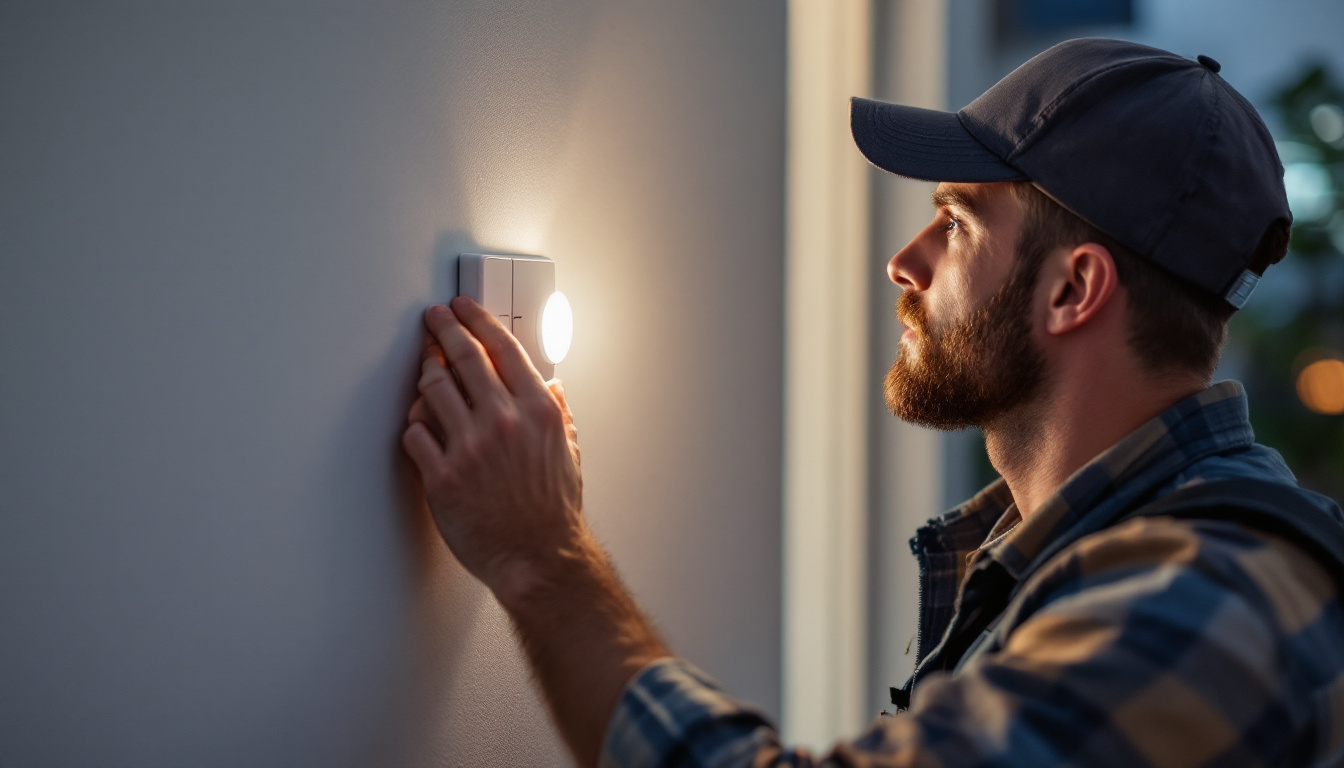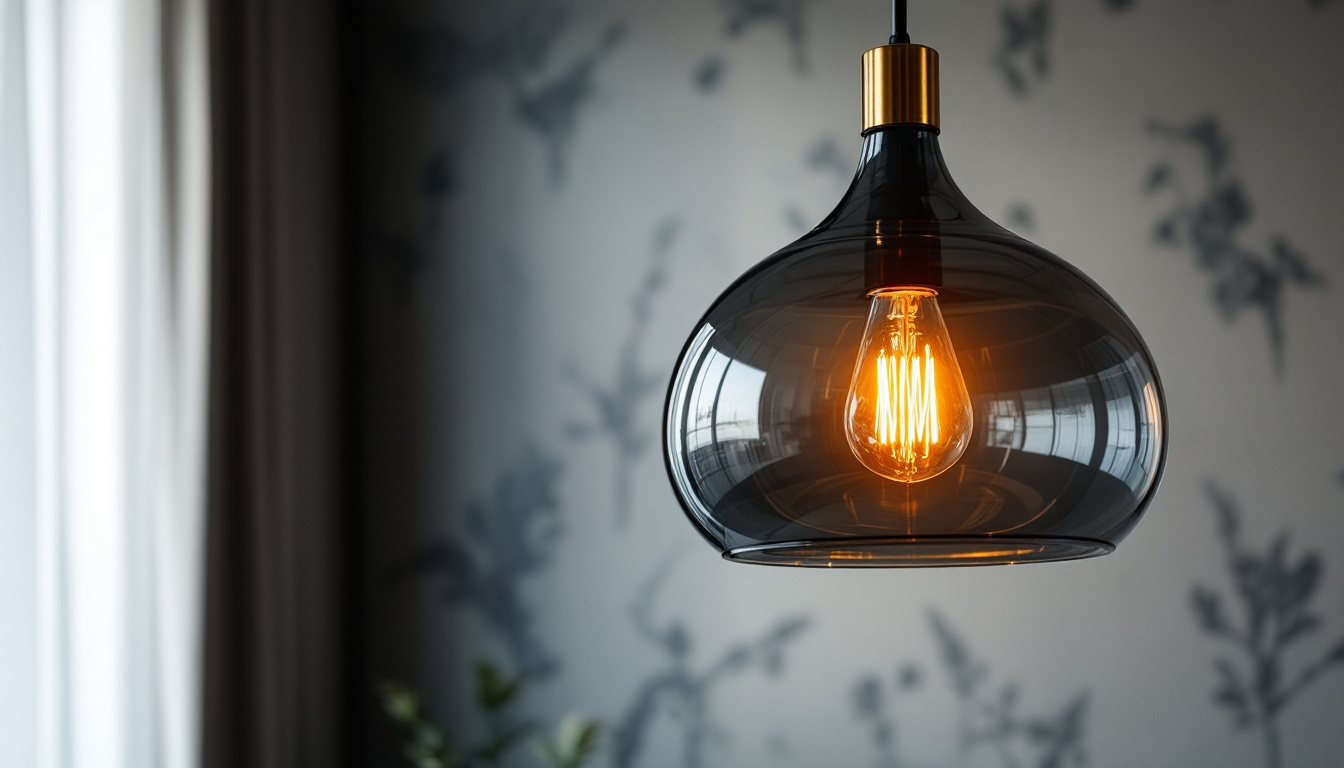
For lighting contractors, the choice of light sockets is more than a technical decision—it directly impacts installation efficiency, client satisfaction, and ultimately, profitability. Light sockets serve as the critical interface between the electrical supply and the light bulb, and selecting the right type can streamline the installation process, reduce maintenance calls, and enhance the longevity of lighting systems.
With the rapid evolution of lighting technologies, including the widespread adoption of LED and smart lighting, understanding the variety of light sockets available has become essential. This knowledge empowers contractors to recommend and install solutions that meet client needs while optimizing project timelines and costs.
Moreover, the selection of light sockets can also influence energy efficiency and environmental sustainability. For instance, certain sockets are designed to maximize the performance of energy-efficient bulbs, allowing them to operate at optimal levels while consuming less power. This not only helps in reducing electricity bills for clients but also contributes to a smaller carbon footprint, aligning with the growing demand for eco-friendly solutions in the construction and renovation sectors.
Additionally, the compatibility of light sockets with various lighting controls, such as dimmers and smart home systems, plays a pivotal role in modern installations. As homeowners increasingly seek customizable lighting experiences, understanding which sockets can integrate seamlessly with these technologies is crucial. This knowledge not only enhances the functionality of lighting systems but also elevates the overall user experience, making it an essential consideration for contractors aiming to stay competitive in a rapidly changing market.
The Edison screw socket is arguably the most recognized and widely used light socket worldwide. The E26 (26mm diameter) is predominant in North America, while the E27 is its European counterpart. Their universal design supports a broad range of bulb types, from incandescent to modern LEDs.
For contractors, the Edison screw offers versatility and ease of replacement, making it a go-to choice for residential and commercial installations. Its widespread availability ensures that clients can source replacement bulbs easily, minimizing downtime and service calls. Additionally, the Edison screw design has evolved to accommodate energy-efficient options, allowing homeowners to reduce their carbon footprint while still enjoying a variety of lighting styles. The compatibility with smart bulbs has also opened new avenues for automation and energy management in modern homes, making it a future-proof choice for lighting solutions.
Bayonet cap sockets, particularly the B22 type, are common in regions such as the UK, Australia, and parts of Asia. Unlike the screw type, bayonet sockets use a push-and-twist mechanism, providing a secure connection that resists vibrations—ideal for environments with movement or where bulb loosening is a concern.
Lighting contractors working in these regions benefit from understanding the bayonet system, especially when retrofitting older installations or specifying lighting for industrial and transportation settings where reliability is paramount. The B22 socket is also favored for its ease of installation; the intuitive mechanism allows for quick bulb changes, which is particularly beneficial in commercial settings where lighting maintenance can be disruptive. Furthermore, the bayonet cap design is often associated with higher-wattage bulbs, making it suitable for applications that require intense illumination, such as workshops and garages.
GU10 and MR16 sockets are specialized for spotlight and track lighting applications. GU10 sockets accommodate bulbs with a twist-and-lock base, commonly used in mains voltage halogen and LED bulbs. MR16 sockets, on the other hand, typically require a low-voltage transformer and use bi-pin connectors.
Contractors should note that GU10 bulbs operate at line voltage, simplifying installation, whereas MR16 systems require additional components but offer greater flexibility in beam angles and light quality. Selecting the appropriate socket type can affect both upfront costs and long-term maintenance. GU10 fixtures are often used in residential settings for accent lighting, while MR16 is favored in commercial spaces for their ability to create dramatic effects with adjustable beam spreads. The choice between these sockets can significantly influence the overall ambiance of a space, making it essential for contractors to understand their clients’ specific lighting needs and preferences.
Pin-based sockets, such as G4 and G9, are often used in compact, decorative, or under-cabinet lighting. These sockets accommodate small bulbs with two pins that fit into corresponding holes. G4 sockets usually operate at low voltage, requiring transformers, while G9 sockets run on mains voltage.
Understanding these distinctions helps contractors advise clients on energy efficiency and compatibility, particularly when integrating LED replacements into existing fixtures. The compact nature of pin-based bulbs allows for innovative lighting designs, including recessed and pendant fixtures that enhance aesthetic appeal without sacrificing functionality. Additionally, the growing popularity of LED technology in pin-based sockets has led to advancements in color temperature and dimming capabilities, providing more options for creating tailored lighting experiences in residential and commercial environments.
Beyond standard residential and commercial types, specialty sockets cater to industrial, outdoor, and hazardous environments. For example, mogul base sockets (E39/E40) support high-wattage bulbs used in street lighting and warehouses. Weatherproof sockets with sealed designs protect against moisture and dust, essential for outdoor or damp locations.
Lighting contractors serving industrial clients must be familiar with these options to ensure compliance with safety standards and maximize fixture longevity, thereby reducing costly replacements and downtime. Additionally, specialty sockets often come with unique features such as explosion-proof designs for hazardous locations, which are critical in industries like oil and gas. Understanding the specific requirements of different environments allows contractors to recommend the most suitable lighting solutions, enhancing safety and efficiency while meeting regulatory guidelines. As industries evolve, the demand for innovative socket designs that accommodate advanced lighting technologies, such as smart lighting systems, is also on the rise, presenting new opportunities for contractors to expand their offerings.
The lighting industry’s shift toward LED technology demands that contractors select sockets compatible with these bulbs. LEDs often require different socket types or adapters to fit into existing fixtures. Additionally, some sockets are designed to accommodate smart bulbs with integrated communication modules.
Choosing the right socket ensures clients benefit from energy savings and reduced maintenance, which can be a compelling selling point and justify premium pricing for installation services.
Time is money in contracting. Sockets that allow quick and straightforward bulb replacement or wiring can significantly reduce labor hours. For example, push-in or twist-lock sockets can speed up installations compared to traditional screw types, especially in large-scale projects.
Contractors who understand these nuances can optimize their workflows, reduce overhead, and increase the number of projects completed within a given timeframe, directly enhancing profitability.
Durable sockets that resist corrosion, heat, and mechanical wear reduce callbacks and maintenance expenses. For commercial clients, minimizing downtime is critical, so investing in higher-quality sockets can translate into long-term savings and enhanced contractor reputation.
Contractors should evaluate socket materials—such as ceramic versus plastic—and their suitability for specific environments to recommend the best options that balance upfront costs with lifecycle value.
Adherence to electrical codes and safety standards is non-negotiable. Using approved sockets that meet local regulations protects contractors from liability and ensures client safety. For instance, certain environments require sockets with specific ratings for moisture resistance or explosion-proof features.
Staying current with these requirements not only avoids costly fines but also positions contractors as trusted professionals, attracting more business and enabling premium service rates.
Contractors can differentiate themselves by providing expert guidance on socket selection tailored to client needs, including energy efficiency, aesthetics, and future-proofing. Educating clients on the benefits of upgrading to LED-compatible or smart sockets adds value and justifies higher fees.
Additionally, bundling socket upgrades with lighting installations or retrofits can increase project scope and revenue without significantly increasing labor.
Establishing strong relationships with suppliers enables contractors to negotiate better pricing on sockets, especially when purchasing in volume. This cost advantage can be passed on to clients or retained to improve margins.
Moreover, staying informed about new socket technologies and supplier innovations allows contractors to offer cutting-edge solutions that competitors may not provide.
Investing in training for installation teams ensures that socket selection and installation are executed flawlessly. Skilled technicians reduce errors, rework, and warranty claims, all of which erode profitability.
Continuous education on emerging socket types and lighting technologies keeps the workforce agile and capable of handling diverse projects efficiently.
A lighting contractor working on a large office retrofit opted to replace outdated bayonet sockets with E26 Edison screw sockets compatible with LED bulbs. This change simplified bulb sourcing for the client and reduced installation time by 15%, allowing the contractor to complete the project ahead of schedule and increase overall profitability.
In an industrial warehouse setting, the contractor selected mogul base sockets with weatherproof enclosures to accommodate high-intensity discharge (HID) lamps. This choice ensured compliance with safety standards and minimized maintenance calls, leading to long-term client satisfaction and repeat business.
For a hotel lighting upgrade, the contractor integrated GU10 sockets with dimmable LED bulbs, enabling customized ambiance control. This value-added feature allowed the contractor to command a premium price and positioned the company as a specialist in advanced lighting solutions.
For lighting contractors, mastering the nuances of light socket types is a strategic advantage that extends beyond technical competence. It influences project efficiency, client satisfaction, compliance, and ultimately, profitability.
By understanding the applications, benefits, and limitations of various sockets—from Edison screws to specialty industrial types—contractors can tailor solutions that meet client needs while optimizing labor and material costs.
Embracing this knowledge, coupled with strong supplier partnerships and workforce training, empowers contractors to maximize profitability in lighting installations and position themselves as trusted experts in a competitive market.
Ready to enhance your lighting installations with the best sockets and lighting solutions on the market? Look no further than LumenWholesale, where we provide contractors with top-quality, spec-grade lighting products at unbeatable wholesale prices. Say goodbye to local distributor markups and hello to superior lighting products that meet the highest industry standards. With our extensive selection, free shipping on bulk orders, and commitment to affordability and convenience, you’re set to maximize profitability on every project. Elevate your lighting game and become a trusted expert in the competitive market with Wholesale Lighting at the Best Value from LumenWholesale.

Explore the innovative impact of Cobrahead lighting in contemporary urban environments.

Discover the essential guide for lighting contractors on selecting the perfect motion detection switches.

Discover why lighting contractors should prioritize solar power lights for outdoor projects.

Discover the essential insights every lighting contractor needs to know about pendent lights.